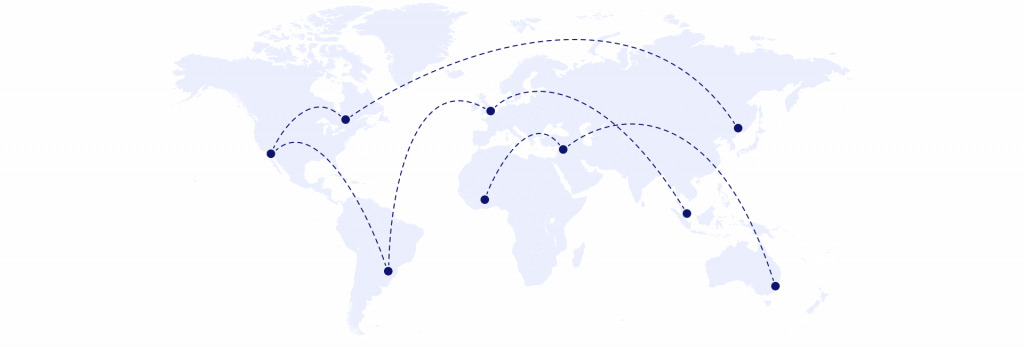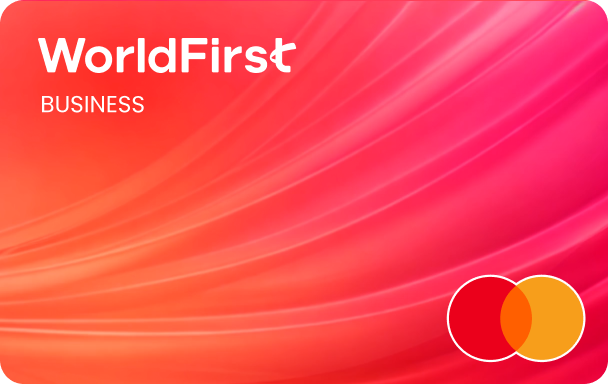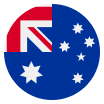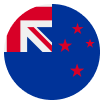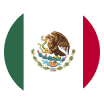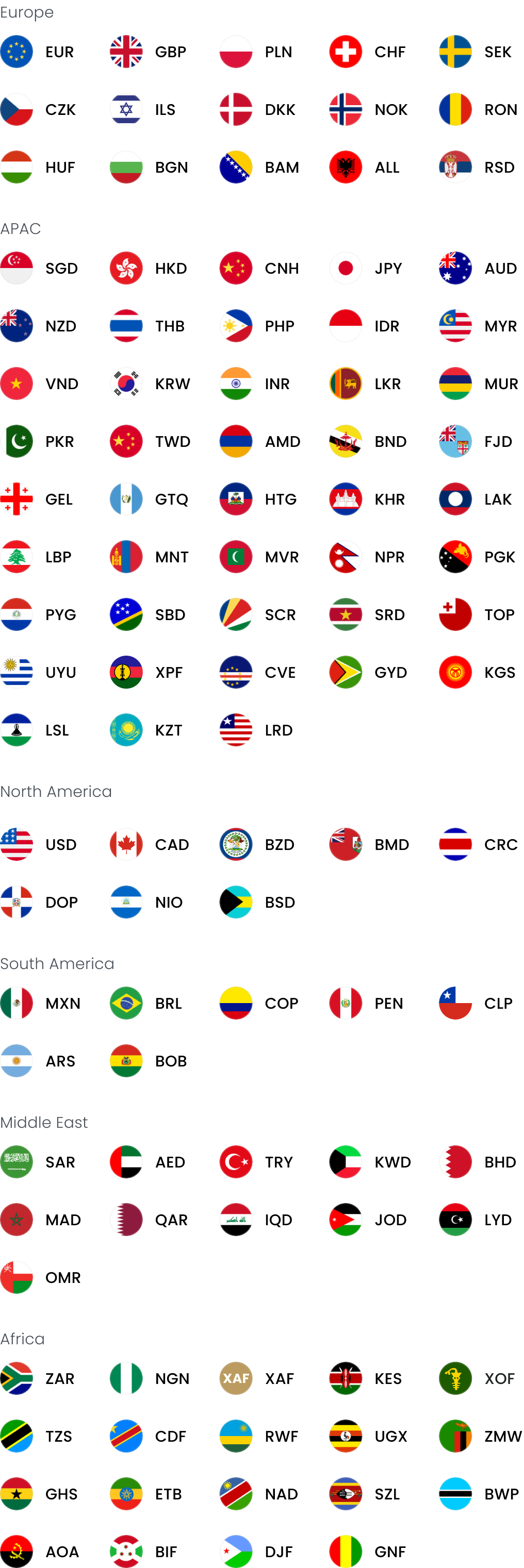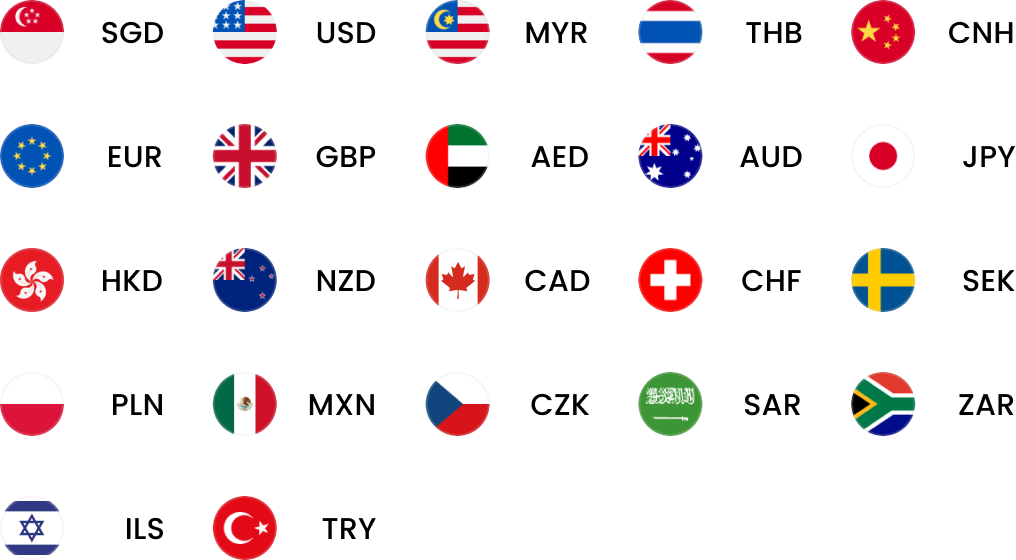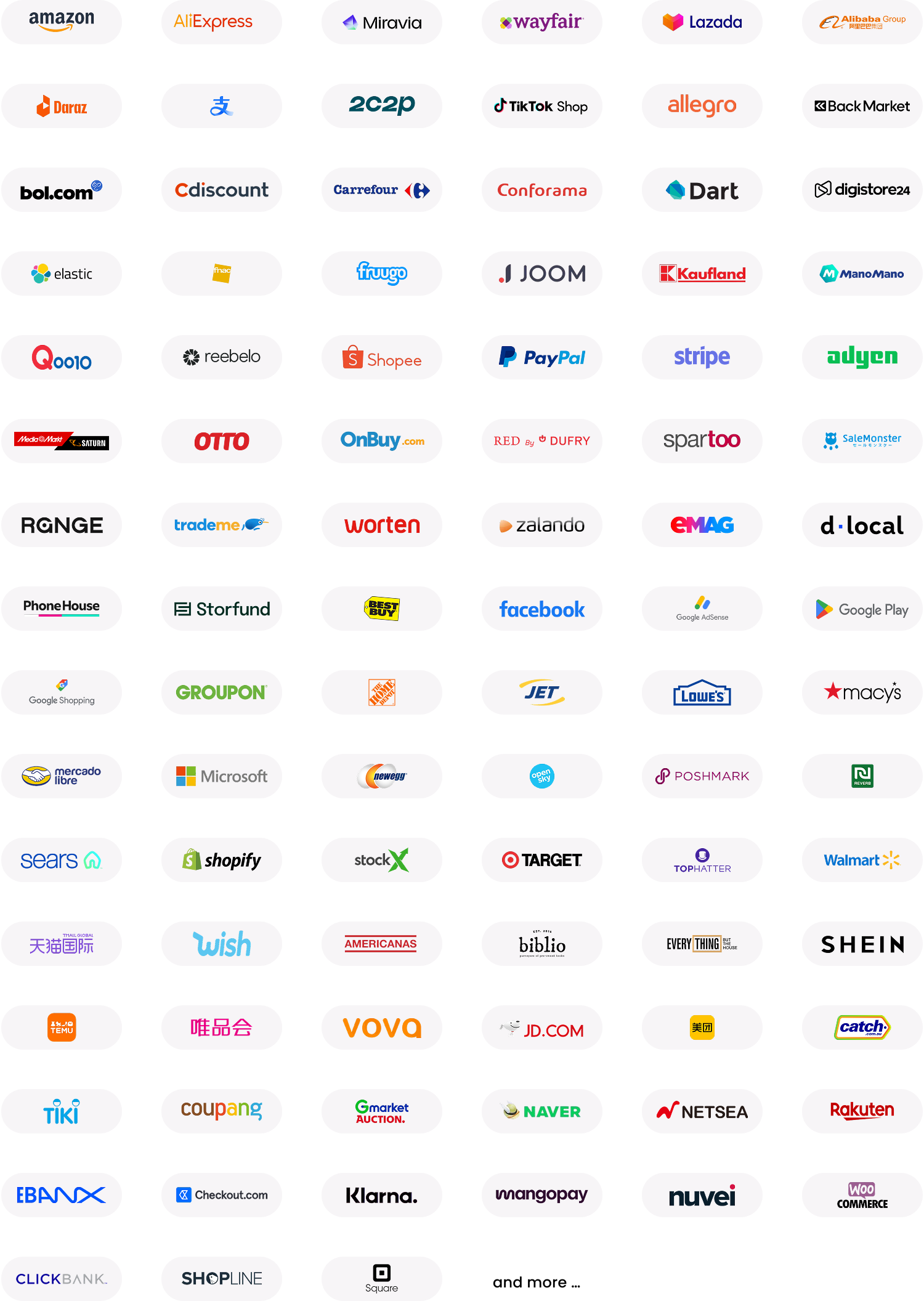How do you identify the products to sell that will become Amazon bestsellers? Find out below.
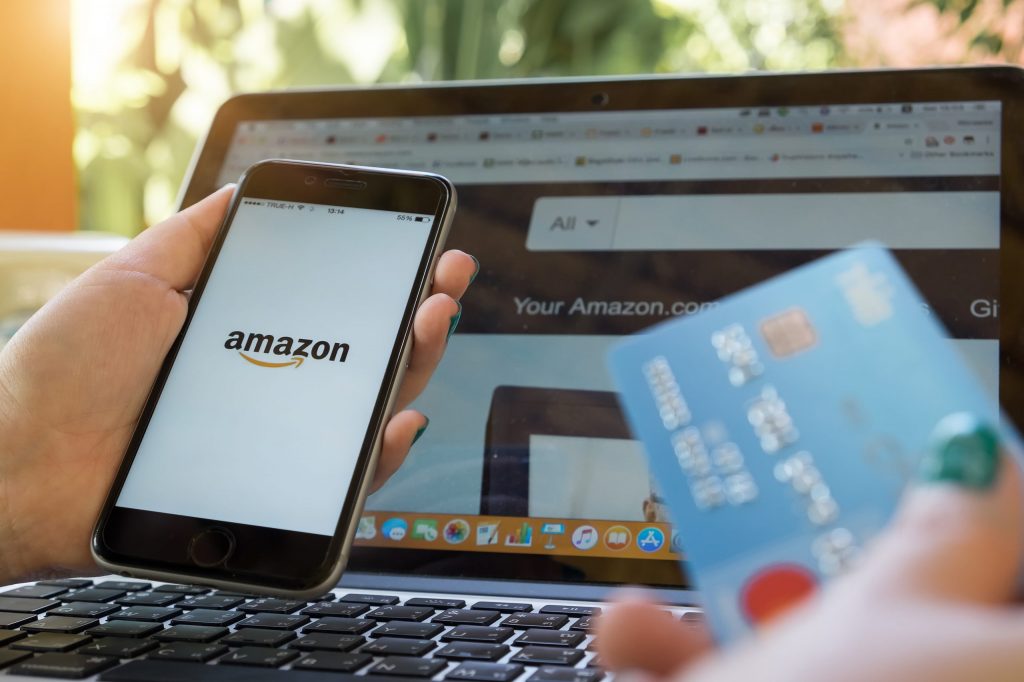
Finding the right product to sell on Amazon’s vast global marketplace is a complex task, but one that savvy e-commerce sellers have been capitalising on for years. So, how do you turn guesswork into science? In this article, we’ll guide you through key areas such as:
- How to identify products that will become Amazon bestsellers
- The specialised product research tools that can automate and refine your research
- Factors to weigh up before making your final choice
With the amount of information available online, streamlining your product research process is crucial. By the end of this article, you’ll be well-equipped to make informed choices on profitable products to sell on Amazon. Let’s get started.
Why achieving bestselling status on Amazon is so important
In the sprawling ecosystem of the world’s most popular online marketplace, being a ‘bestseller’ isn’t just a badge of honour, it’s a lifeline. Here’s why.
For sellers, landing on the bestseller list is like finding the Holy Grail, driving both traffic and conversions. It brings unprecedented visibility and skyrockets sales in a self-perpetuating cycle. Basically, the more you sell, the more you appear in search results; the more you appear in search results, the more you sell. It’s an open invitation for increased profits and a way to rise above your competitors.
Achieving this elite status also earns customer trust, almost serving as a third-party endorsement of your product’s quality and desirability.
For buyers, the bestseller list functions as a shortcut to quality. Time is money, and sifting through thousands of reviews or reading endless descriptions isn’t everyone’s idea of time well spent. A bestseller badge simplifies decision-making, offering a quick, reliable indicator that a product is worth its price tag.
So, in this colossal marketplace, bestsellers are more than just top-performing products. They’re tried-and-true winners in the eyes of the consumer and financial goldmines for sellers.
Knowing how to identify and sell popular products is an indispensable skill in this game. One that can be your secret weapon in creating a thriving business.
How to improve your chances of getting on Amazon’s Best Sellers Lists
Navigating the international landscape of Amazon isn’t just about guesswork; you’ll need a strategy backed by data. Amazon’s Best Sellers List, which is updated frequently, offers an invaluable snapshot of real-time consumer preferences across all Amazon international markets.
The list is a critical research tool, since Amazon organises Best Sellers by both categories and subcategories and can help you focus on a niche. For example, while broad categories like ‘Home & Kitchen’ or ‘Electronics’ might be saturated, more specific subcategories like ‘Air Purifiers’ or ‘Smart Plugs’ could provide unique opportunities. Use this tool along with Amazon’s Movers & Shakers List, which tracks fast-rising products, to get a clear picture of what’s popular.
The Best Sellers List has many purposes: it’s a snapshot of market demand, a measure of the competitive landscape and a barometer of viability. But because the lists are updated several times a day, they won’t necessarily give a clear indication of enduring popularity or seasonality. You’ll need to back up your research with extra data from other sources.
Also, while sales volumes may be high, the competition may be equally high. Some questions you should ask include:
- Ranking stability: Is the product’s top rank a one-off, or does it consistently hold its position? A stable rank often points to consistent demand.
- Competitive landscape: Check how many sellers are in the same space.
- Category and subcategory: Which specific category or subcategory is the product listed under? Are some categories less saturated than others? This can help you identify potential niches.
- Seasonal trends: Is the product’s popularity linked to a season, holiday, or event?
- Customer reviews: What’s the review landscape like? More positive reviews can mean better online sales, but also tougher competition.
- Profit margins: After accounting for costs like shipping and Amazon fees, will selling this product be profitable for you?
- Supply chain reliability: Can you maintain a consistent supply of the product? An inconsistent supply can hurt your rankings.
- Regulatory concerns: Are there any regulations or restrictions that could impact your ability to sell this product?
- Additional costs: Are there extra costs involved like storage fees or complex shipping requirements?
- Market saturation: How many similar products are available? It can be hard to stand out in an oversaturated market.
A deeper understanding of this list can give you a critical edge in this fast-paced marketplace.
- Open 20+ local currency accounts and get paid like a local
- Pay suppliers, partners and staff worldwide in 100+ currencies
- Collect payments for free from 130+ marketplaces and payment gateways, including Amazon, Etsy, PayPal and Shopify
- Save with competitive exchange rates on currency conversions and transfers
- Lock in exchange rates for up to 24 months for cash flow certainty
Other tools to help you get on the Amazon Best Sellers Lists
Exploring Amazon’s Best Sellers List is a solid start, but your competition is most likely doing the same. To really stand out in this competitive landscape, you’ll need to dig deeper and get more inventive with your research strategies. That’s where a medley of specialised tools comes into play, offering you more nuanced insights than a basic Amazon search. Using a combination of these will truly enhance your research toolkit.
The product research software listed below can provide data on the popularity of key terms, historical data on sales ranking, average price, historical sales volumes, profitability and even competitor tracking.
Google Keyword Planner
- What it does: This tool helps you identify popular search terms related to your products. Beyond helping you optimise your product listing, you can use it to assess search volume and visualise search trends
- Ease of use: Quite intuitive, even for those new to keyword research
- Pricing: Free to use
CamelCamelCamel
- What it does: This tool provides price history charts for millions of products across eight Amazon marketplaces
- Ease of use: Easy to use; simply plug in the Amazon URL or keywords
- Pricing: Free to use
Keepa
- What it does: Similar to CamelCamelCamel but with more features, including a product’s sales rank history across 12 Amazon marketplaces. It claims to have detailed history charts of over three billion products
- Ease of use: Moderate; it offers a lot of data that can be overwhelming
- Pricing: Free
Jungle Scout
- What it does: Built by sellers for sellers, this is a more specialised tool that helps sellers find profitable products to sell on Amazon
- Ease of use: User-friendly with a lot of tutorial support
- Pricing: Starts at USD $29/month
Helium 10
- What it does: A comprehensive suite of tools that covers keyword research, product research, listing optimisation, competitor analysis and more
- Ease of use: There’s a learning curve due to the number of features, but it’s well-documented
- Pricing: Free basic plan with limited features; premium plans start at USD $29/month
SellerApp
- What it does: As an AI-powered e-commerce intelligence platform built for Amazon, SellerApp analyses product profitability, tracks keywords and offers competitor intelligence
- Ease of use: Suitable for both beginners and experienced sellers
- Pricing: Freemium plan available; paid plans start at USD $49/month
ZonGuru
- What it does: Specialises in product research, business dashboards, and email automations for customer follow-ups and reviews. One nifty tool is its IP monitoring so you can be alerted when a competitor steals your intellectual property
- Ease of use: Dashboard is user-friendly with drag-and-drop features
- Pricing: Plans start at USD $49/month, with an option for a 7-day free trial
Each tool has its own unique feature and using them together can give you a well-rounded view of popular items which are likely to sell. Whether you’re new to selling or looking to improve your sales, these tools can provide the insights you need to make smarter decisions.
Find popular categories on Amazon
Unsurprisingly, the top-selling categories on Amazon all have one common characteristic – they appeal to a wide audience. Some product categories, such as beauty products in ‘Beauty and Personal Care’, lend themselves to frequent or repeat purchases, while others, like electronics, are updated frequently.
Here are some categories that are perennial favourites, which you can consider:
- Electronics and gadgets: From smartphones to smart home devices, electronic products typically have high demand. The frequent release of updated models keeps the category fresh and consumers engaged
- Fashion: Clothing, shoes, and accessories are constant bestsellers. The seasonal nature of fashion also means regular opportunities for sales peaks
- Beauty and personal care: Self-care items like skincare items, makeup, and personal grooming tools often see consistent sales
- Toys, leisure and entertainment: Particularly strong during the holiday season, this category can be lucrative year-round thanks to birthdays and other gift-giving occasions
Understanding these categories can give you a headstart in crafting your product listing strategies.
Consider seasonality when selling on Amazon
Seasonality is the secret sauce that can turn an ordinary product into a top-selling item. If you’re aiming for that coveted bestseller spot, then it’s vital to understand seasonality. Think about it: certain items like grills and sunscreen are practically flying off the virtual shelves come summer, while in winter, it’s all about cosy blankets and heating appliances. Tapping into these seasonal cycles can be a game-changer for your sales and search volumes.
But it’s not just about maximising sales during peak demand. It’s also smart inventory management. If you know that umbrellas are hot sellers in April (hello, spring showers!), you’ll make sure your stock levels are up to par. You don’t want to miss out on online sales because you’re out of stock. At the same time, being aware of seasonal highs and lows can help you price your product, with premium pricing when demand is hot and discounts during slower months to keep the cash flow steady and demand up.
It’s not just about picking the best product; it’s about using seasonality to improve every part of your selling strategy.
Assess your Amazon competition
Looking at what your competitors are doing can also give you ideas on what products might be a hit. Start with a broad niche or category that interests you. Let’s say you’re drawn to pet supplies. You’d jump onto Amazon and start exploring the bestsellers in this category. Note down the brands and businesses that appear repeatedly and their product offerings. These are your potential competitors if you decide to enter this space.
Take a closer look at their listings. What do their product titles include? How detailed are their descriptions? How professional do their photos look? These factors give you an idea of how advanced these sellers are and how tough the competition might be.
Beyond Amazon, a Google search or social media platforms like Instagram and Pinterest can be revealing. These sites can show you how these brands are marketing themselves, the lifestyle they’re promoting and, importantly, the customer engagement they’re getting.
Customer reviews are a good source of inspiration. Are customers repeatedly pointing out something they wish was different or better? These are your cues for what to do differently and how to nail down a product market niche.
Other factors to consider when selling on Amazon
Before you settle on a product to sell on Amazon, here are some practical factors to consider:
- Weight and dimensions: Heavier or bulkier items can create logistical challenges and mean higher shipping costs
- High return rates: Categories such as electronics or clothing are notorious for their high levels of return rates, so if you want to sell popular items in these categories, make sure you have a reverse logistics plan in place
- Seasonality: Seasonal items can bring in high revenue but also pose the risk of unsold stock and cash flow problems during off-peak times
- Regulations and Restrictions: Products like cosmetics or food items may require extra certifications and compliance, affecting your time-to-market and investment
You’re now armed with the tools you need to navigate Amazon’s landscape and launch your top-selling products. By learning what makes a product really popular and using specialised software to help you, you’re on your way to making more profitable decisions.
The Amazon marketplace is ever-changing. To be consistently successful, it’s not enough to know what’s popular right now, but to anticipate future trends. It’s about sustainable growth backed by reliable data. A well-thought-out approach and the right tools can mean the difference between just selling on Amazon and becoming a dominant player.
Ready to make your next move? Your path to Amazon success just got a whole lot clearer.
Open a World Account in minutes and start receiving payments from Amazon in 10+ local currencies. With a World Account, you can get paid by over 100 online marketplaces. You can also use funds to pay suppliers or hold your money there until you’re ready to transfer them home.

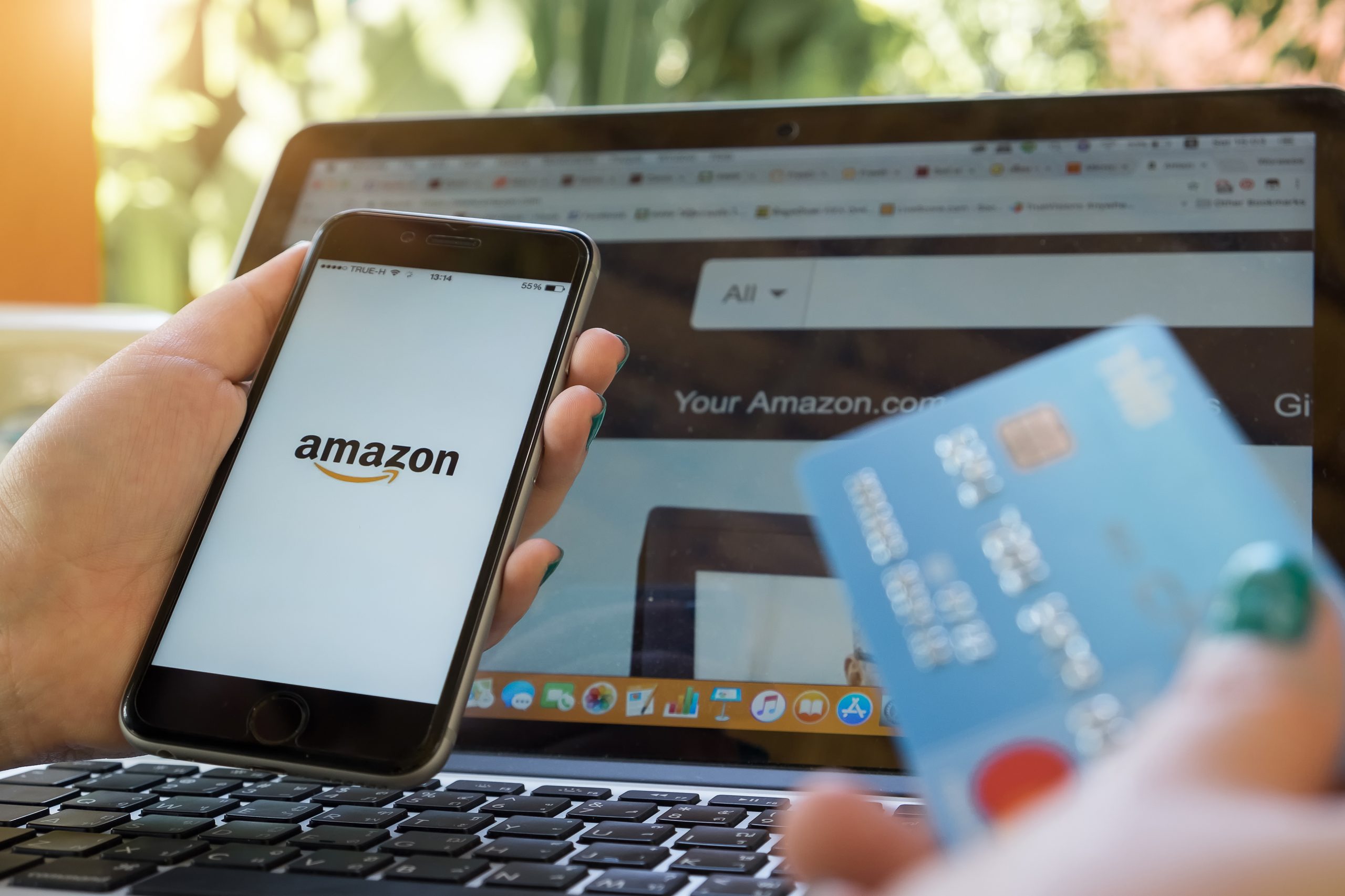
Amazon bestsellers: What online retailers should know
Read our insights on how to identify bestsellers on Amazon and stay ahead in the e-commerce game, with this guide for marketplace sellers from WorldFirst.
Apr / 2024
Poland’s tech hubs that are driving business innovation and growth
Discover how Warsaw and Krakow are driving business growth in Poland. Learn about their innovative tech scenes and opportunities for expansion.
Apr / 2024
How online sellers can reduce delivery times
Discover how to speed up delivery for your e-commerce business and improve customer satisfaction with our guide.
Apr / 2024- Almost 1,000,000 businesses have sent USD$300B around the world with WorldFirst and its partner brands since 2004
- Your money is safeguarded with leading financial institutions
